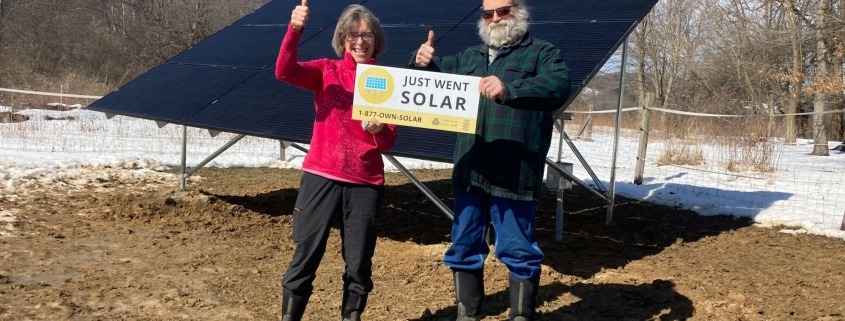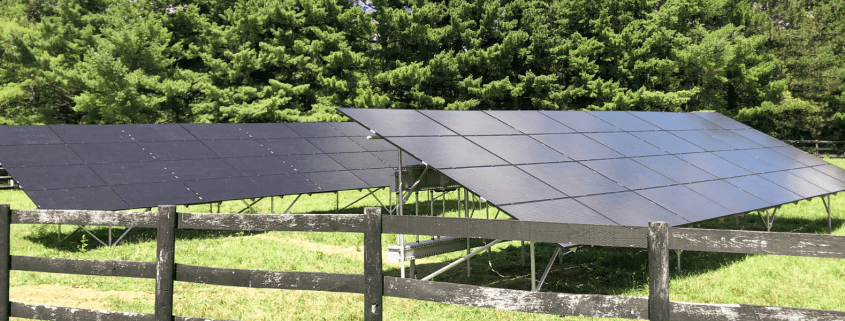How Does Solar Work with My Utility?
One of the common misconceptions we hear is that there isn’t enough sunlight in Ohio to make solar worth the investment. We get that logic: our state gets way less sunlight per year than many geographic areas in the United States. And, in the winter, the days are indeed much shorter.
But consider the summer and fall. There are long hours of sunlight during these months. We find that most days of the year are long and sunny enough to provide more than a household’s daily energy needs.
If only there were a way to capture that extra sunlight from the summer for use in the winter… Guess what? There is!
Your utility company is required to compensate you for the extra energy you produce in Ohio. This system is called Net-Metering, and it’s what makes solar economical for homeowners in Ohio.
Understanding how my solar system works with my utility
Imagine it’s the sunniest of summer days. Your solar system is producing way more than your home is using that day. This energy doesn’t go to waste. It goes right to your neighbor’s homes to power their electricity use. And, the utility company is required to credit you for that energy that you put into the utility grid.
When you get your utility bill, you’ll see how much solar energy you consumed that month and how much solar energy you sent back into the utility grid. It will also show how many credits you have received for that energy you sent back.
After a long sunny summer, you will have banked up TONS of credits from those days where your solar system produced more energy than you consumed.
Come to the wintertime, and you will begin to use more energy than your solar system can produce. So, you’ll be using power from your utility company instead of your solar system. But you have those credits saved from the summertime. When it’s billing time, your utility will start subtracting those credits before charging you for the utility power you consume.
If designed with a 100% energy offset, your solar system will produce enough credits during the summertime to completely offset the energy you use during the wintertime. So, your bill with the utility at $0.00 throughout the entire year.
What you’ll learn when you sign up for a free solar evaluation
- Which clean energy technologies will best meet your energy goals
- What size solar array will fit on your available space and expected output for that system
- Ways to finance solar and other improvements – such as our zero money down loan or upfront purchase option
- How solar will improve the value of your home
It’s our job to do complicated math. We do it every day, and our Solar Consultants are pros. They’re open and transparent about their calculations, so if you’re curious, they’ll explain the math to you until you understand yourself! That’s all part of our consultative process.
When we draw up a solar evaluation for your home, we consider your annual energy production, the tilt and orientation of your roof, and so on. These factors add up to your solar sweet spot – where your system will produce just enough excess energy during the summer to pay for your energy needs during the winter.
Want to get the most savings from your solar investment?
Sign up soon to take advantage of the full solar tax credit. Sign up today to see how Third Sun Solar can help you lock in your utility rate for the next 30 years!




